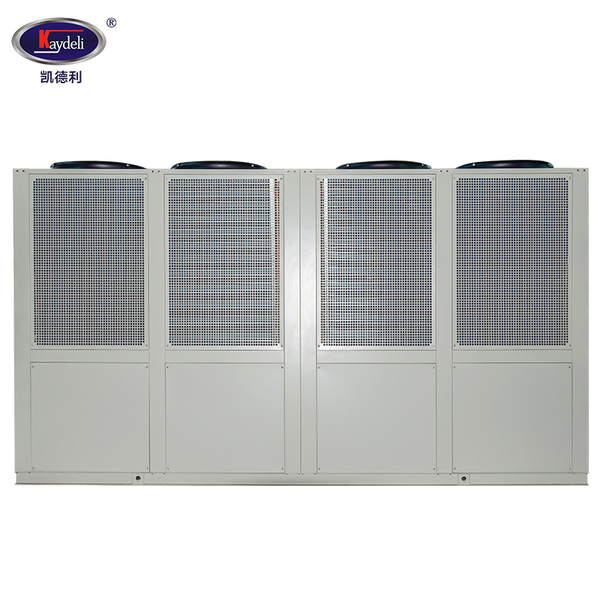We offer you 100% custom-made service Inquiry
When it comes to effective cooling in industrial settings, air-cooled chillers play a pivotal role. These sophisticated systems regulate temperatures and maintain optimal working conditions for various applications. Sizing an air-cooled chiller is a critical step in ensuring its performance meets your needs. In this article, we'll delve into the key factors to consider when sizing an air-cooled chiller, providing insights for optimal cooling capacity.
Properly sizing an air-cooled chiller begins with a clear understanding of cooling capacity. Cooling capacity, often measured in tons or kilowatts, represents the chiller's ability to remove heat from a space. Calculating the required cooling capacity involves considering several factors.

Accurate load calculation is essential. Evaluate the heat load generated by the equipment, processes, or space that requires cooling. Include factors like ambient temperature, insulation, and thermal properties of materials to ensure precise calculations.
Determine the desired temperature differential, which is the range between the inlet and outlet temperatures of the cooling fluid. Also, establish set points to maintain consistent cooling levels, taking into account any fluctuations in heat generation.
Consider peak load scenarios, such as high-demand periods or seasonal temperature fluctuations. Sizing the chiller to handle peak loads ensures uninterrupted cooling performance during demanding conditions.
Evaluate the chiller's coefficient of performance (COP) and energy efficiency ratio (EER). A higher COP and EER indicate better efficiency and reduced operational costs, making the chiller a more economical choice.
Sizing an air-cooled chiller involves a meticulous analysis of various factors to achieve optimal cooling capacity. By accurately assessing load calculations, temperature differentials, peak loads, and chiller efficiency, you can ensure efficient and effective cooling for your industrial needs. Kaydeli, a recognized leader in air-cooled chiller technology, is here to assist you in selecting the right chiller size to enhance your operations. Contact us to explore our range of advanced chiller solutions and expert guidance tailored to your cooling requirements.
By continuing to use the site you agree to our privacy policy Terms and Conditions.